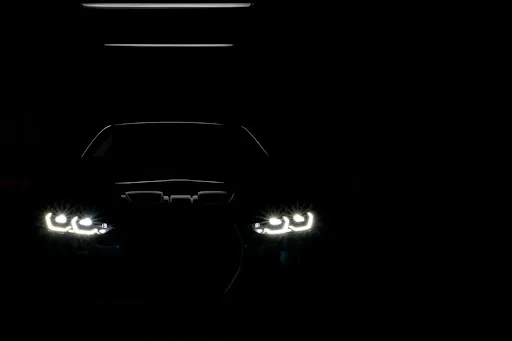Vehicle Lighting : Discover the Latest Innovative Technologies
Introduction
30% of accidents involving personal injuries occur at night. That is why companies are busy trying to come up with the solution. One of the ways is through enhancing the automotive lighting to make it easy for drivers to navigate at night. Headlights play a significant role in creating a safe cruising environment when driving during the night hours. Automotive lighting companies are busy designing new lighting alternatives to replace old-fashioned ones in response to the increased trend of modern cars.
Automotive lighting in a vehicle covers the front, rear and sides. These lighting also have different functions, mainly signalling and illuminating. This post focuses on the latest lighting technologies in vehicles.
Laser Light Technology
This lighting style offers completely new possibilities for headlight design and functioning. The brightness level has increased nearly four times more than an LED. Due to this, the headlights in the future might be much smaller without reducing light production. The biggest benefit for drivers is that these lamps have the widest range currently possible in headlight technology. And this will improve the driver’s clarity, which raises the bar for safe driving. Due to the advancement, the headlight will be far more efficient and smaller, thanks to laser light.
Adaptable OLEDs
Organic Light-Emitting Diodes tend to have the ability to be independently muted and brightened. The primary advantage of OLED lighting technology is they don’t need light guides or reflectors. These lights are not limited as they can illuminate any given angle. OLEDs are usually situated at the back of the vehicle. These lights can be used in interior and exterior automobile illumination.
µAFS
A driver can monitor the distance between them and the incoming vehicles ahead with the help of intelligent, flexible and high-resolution LED headlights. These headlights are designed to generate optimal lighting while driving because of their adaptive nature and brilliant pixel lights. Each headlight has three 1024-pixel LED light spots on it. These lights are crucial, especially when driving on bends or navigating straight roads: these lights illuminate side views and dark places on the road. While the adaptive technology illuminates the dark areas on the road, the sensors inside can detect any changes that may occur regarding the condition of the road. Something good about this light is that its design doesn’t shine brightly on the heads of other incoming cars even if the lights are fully on, thus protecting other drivers from glare.
Organic Light-Emitting Diodes
One specific advancement is the introduction of organic light-emitting diodes, also known as OLED technology. Usually, OLEDs use organic molecules to produce light. Their operation doesn’t rely on the backlights as they are more flexible and compact than other lighting alternatives. This is how OLEDs operate; they perform as surface lights, whereas LEDs are point light sources, expanding the design possibilities for automotive illumination. Automotive lighting manufacturers create the OLEDs as thin, flexible and transparent sheets. They work perfectly primarily as signal lights, tail lights and dashboard screens for automotive interiors.
Conclusion
The automotive lighting industry has experienced phenomenal growth since the LED headlights’ introduction. The increase in auto production, especially in the hybrid and electric industries, has led to a boom in automotive lighting, precisely the energy-efficient light sources.
With the expansion of opportunities in this area, it is evident that we will have access to enough advanced lighting technology to minimize road accidents that are majorly caused by poor visibility.



